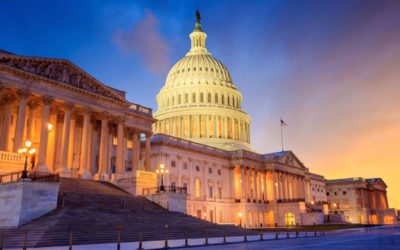New Interim Final Rule on Loan Increases
On May 13, the Small Business Administration (SBA) released new guidance regarding the Paycheck Protection Program (PPP), Business Loan Program Temporary Changes; Paycheck Protection Program – Loan Increases. This is a new interim final rule allowing for an increase in the amount of loan for which partnerships and seasonal employers are eligible.
Why is further guidance in this area required in the first place?
Partnerships
After the PPP was created, an interim rule released on April 14 instructed partnerships to report self-employment partner income as a payroll cost, meaning they could include up to $100,000 of their annualized income in the PPP loan amount calculation for the partnership. Those partnerships who had already applied for PPP loans did not include partner self-employment income in their loan amount calculation, which means those entities were not awarded the maximum PPP loan for which they were eligible.
Seasonal Employers
A similar situation occurred with seasonal employers. After some seasonal employers had already submitted PPP applications, the SBA released an interim final rule on April 28, offering an alternative method for calculating the maximum loan amount for seasonal employees.
This same ruling required PPP loans to be made in a single disbursement.
The new interim rule released makes it possible for lenders to increase the amounts of existing PPP loans. This helps remedy the issues discussed above. Lenders are now authorized to make additional disbursements of increased loan proceeds for partnerships and seasonal employers eligible for more than they originally applied.
For further details, click here to read the text of the new interim final rule in its entirety.



